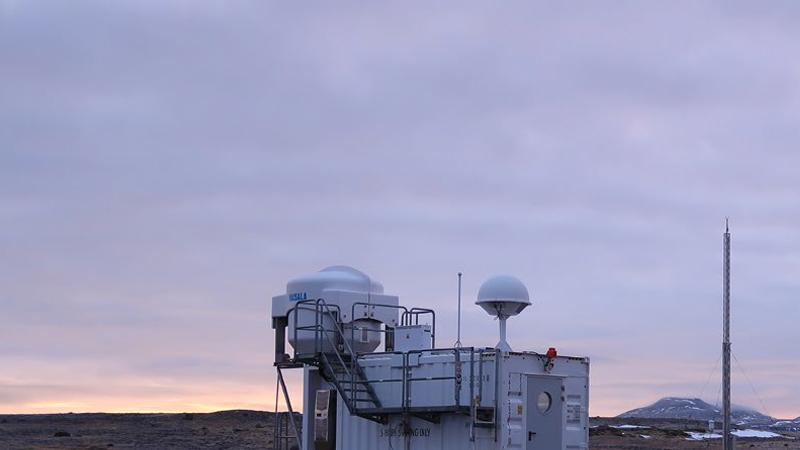Sound solution: Piloting radiosondes with reduced environmental impact
The client: The Norwegian Meteorological Institution
Vaisala solution: Radiosonde RS41 E-models
THE CHALLENGE: Conducting environmentally friendlier operations
Norway's National Meteorological Institute (MET Norway) is committed to environmental sustainability and has set ambitious targets to minimize its environmental impact.
As part of their operations, they regularly deploy radiosondes for atmospheric measurements as a basis for accurate weather forecasts and climate research. In 2021, during a collaborative workshop between Vaisala and MET Norway, the environmental development of radiosondes emerged as a critical discussion point, particularly how the string used to connect the radiosonde with the balloon could be developed in a more sustainable direction.
THE APPROACH: A collaborative approach to soundings with reduced plastics
Following discussions, in 2022 MET Norway decided to test Vaisala’s BioTwine, a plastic-free and biodegradable unwinder twine alternative to traditional string materials. They ordered radiosondes equipped with BioTwine for deployment at the Ekofisk station, situated in the heart of the North Sea.
Encouraged by the initial results and positive feedback, they expanded the use of BioTwine to three additional locations in 2023. Furthermore, as part of their ongoing commitment to environmental sustainability, MET Norway expressed interest in testing the newly developed Radiosonde RS41 E-models, which combine high-quality sounding data with innovative, plastic-free, and biodegradable radiosonde cover, insulation, and unwinder twine that help reduce plastic waste originating from sounding operations.
MET Norway maintains an unwavering commitment to the quality of its sounding data, a standard that remains uncompromised even in the face of advancements in materials. They ordered the RS41 E-models for testing purposes and were impressed by their uncompromised performance.
Given the positive results, MET Norway made a strategic decision to transition entirely to the RS41 E-models for their sounding operations.
THE RESULTS: A step forward in meeting environmental targets
MET Norway’s transition to BioTwine and subsequently to RS41 E-models has yielded significant benefits. By replacing traditional string materials with BioTwine and adopting RS41 E-models with 66% reduced plastics aligns with MET Norway’s environmental targets, demonstrating their commitment to advance more sustainable practices in meteorological operations.
Soundings are essential for accurate weather forecasts, and now MET Norway has a more sustainable way of conducting them. By embracing advancements in radiosonde materials, MET Norway continues to lead by example in the pursuit of environmental excellence in meteorology.
"We are constantly looking for ways to conduct our operations more sustainably. The radiosonde RS41 E-models have been a great step forward in our journey towards our environmental targets." Kjetil Stiansen-Sonnerud, Department leader for service and maintenance, Norwegian Meteorological Institution
Why Vaisala?
As the global leader in weather and environmental measurements, Vaisala provides trusted weather observations for a sustainable future. With over 85 years of experience and customers in 170+ countries, from the North and South Poles to Mars, we help provide the most reliable and accurate weather and climate information for better and safer daily lives.
Our instruments and intelligence are known as the gold standard for precision and reliability. As a sustainability leader we enable meteorology professionals to better understand, forecast and explain climate change. We continue to channel our curiosity into climate action and new ways of enabling a better planet for all.

